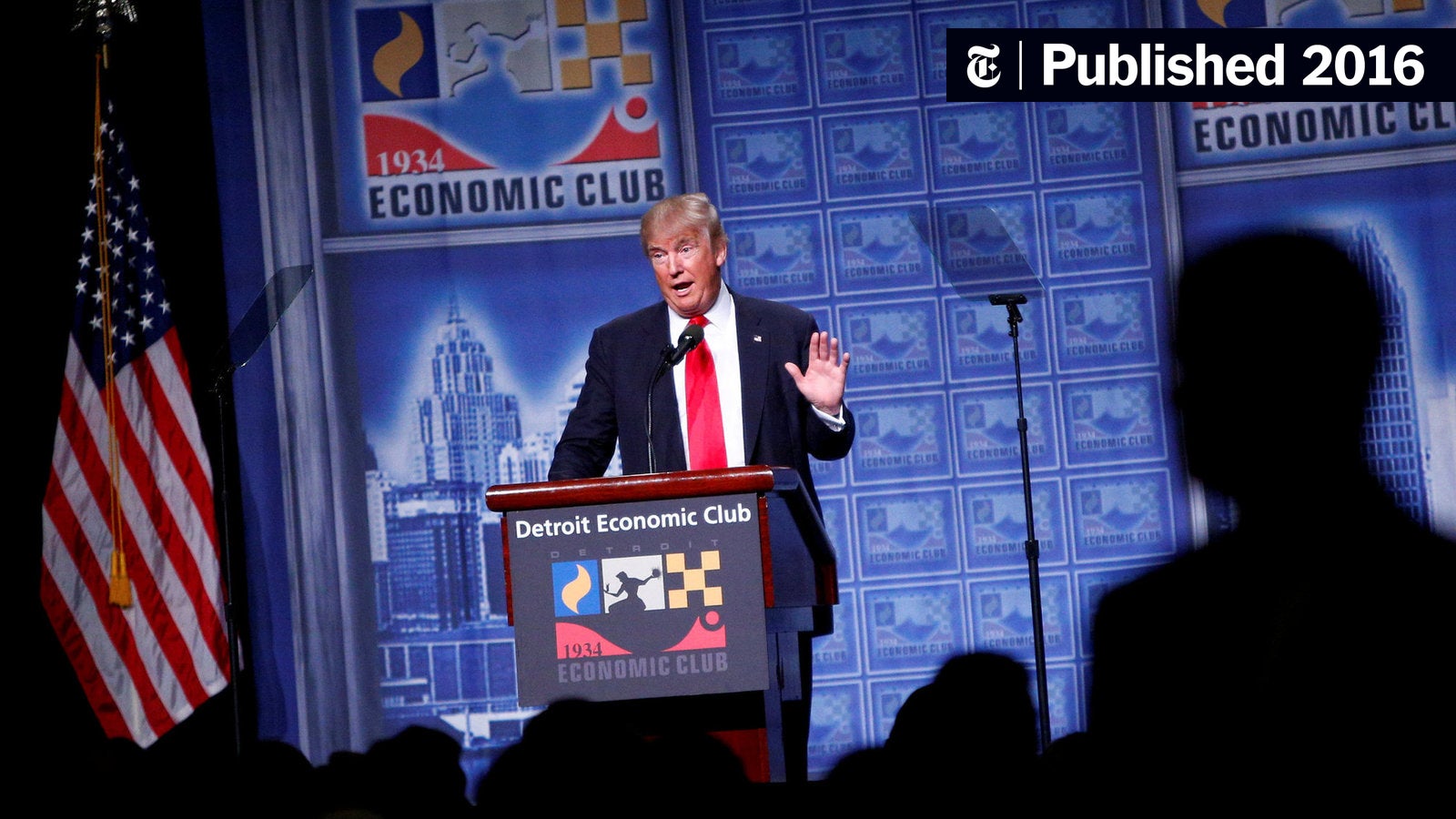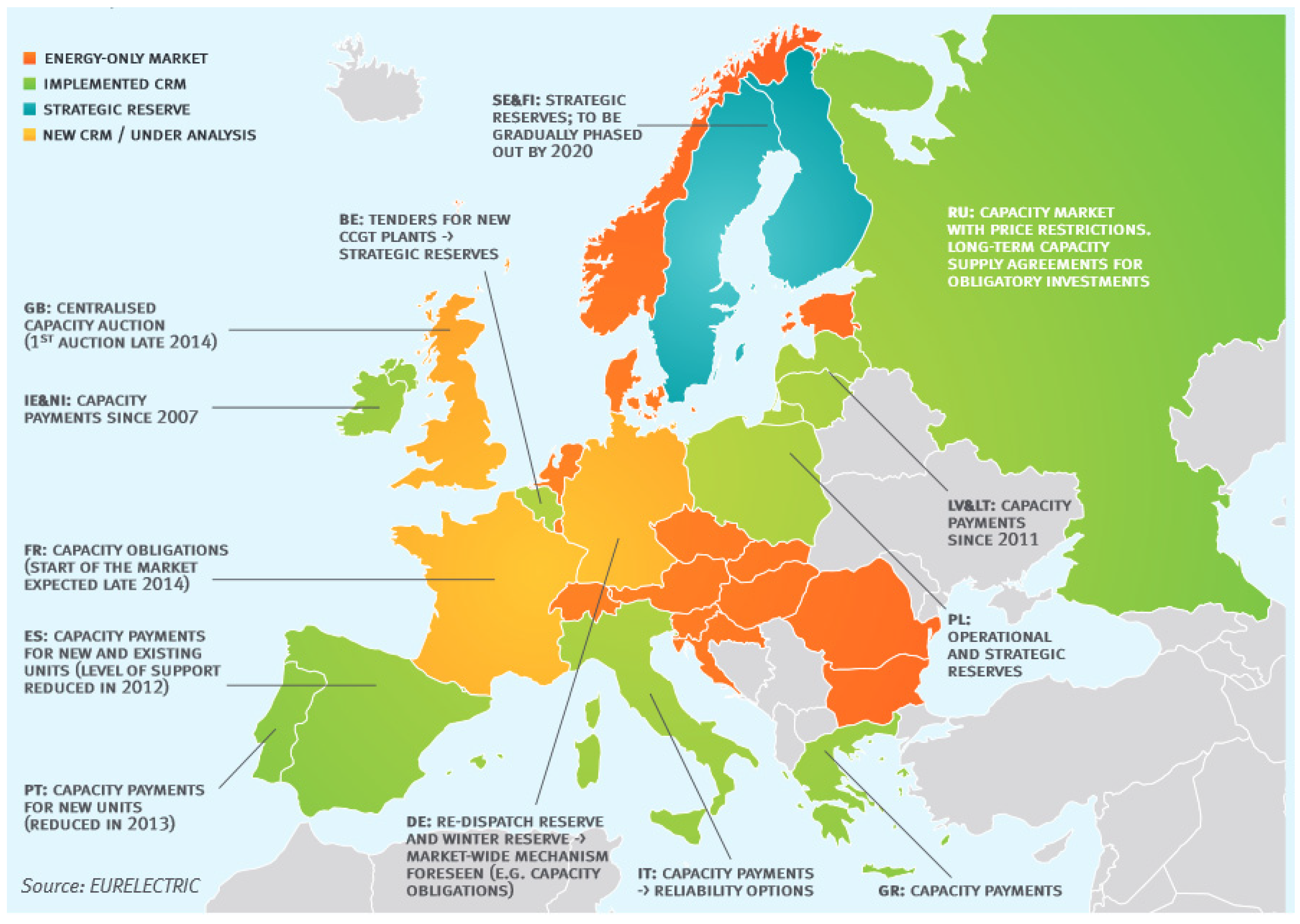Can Trump's Tax Cuts Survive Internal Republican Opposition?

Table of Contents
The Core Tenets of Trump's Tax Cuts and Their Initial Impact
The Tax Cuts and Jobs Act (TCJA) of 2017, often referred to as Trump's tax cuts, significantly reshaped the American tax code. It included sweeping changes aimed at stimulating economic growth, though its lasting impact remains a subject of ongoing debate.
Key features of the TCJA included:
- Corporate tax rate reduction: A dramatic cut from 35% to 21%, intended to boost corporate investment and competitiveness.
- Individual income tax bracket changes: Reductions in individual income tax rates across most brackets, although some higher earners saw proportionally larger cuts.
- Standard deduction increases: A significant increase in the standard deduction, benefiting lower and middle-income taxpayers.
The initial economic effects were mixed. Supporters pointed to short-term economic growth and increased business investment as evidence of the TCJA's success. However, critics highlighted the substantial increase in the national debt and argued that the benefits disproportionately favored the wealthy, exacerbating income inequality. Long-term economic growth projections vary widely among economists, with some predicting sustained growth and others warning of potential negative consequences down the line.
Sources of Internal Republican Opposition to Trump's Tax Cuts
Despite initial bipartisan support for tax reform, significant internal Republican opposition to Trump's tax cuts emerged. This opposition stems from various factions within the party, each with distinct concerns.
The main sources of opposition include:
- Fiscal responsibility concerns: Conservative fiscal hawks within the Republican party expressed deep concerns about the TCJA's impact on the national debt. The substantial tax cuts, they argued, were fiscally unsustainable and would lead to future budget deficits.
- Income inequality: Critics argued that the tax cuts disproportionately benefited high-income earners and corporations, exacerbating existing income inequality. This argument resonated with some Republicans who prioritize economic fairness.
- Specific TCJA provisions: Specific provisions within the TCJA, such as those related to the individual mandate or certain deductions, also drew criticism from within the party.
These disagreements highlight the internal struggle between the pro-growth wing of the Republican party, which favored significant tax cuts to stimulate economic activity, and the fiscally conservative wing, which prioritized budget balance and debt reduction. Political motivations and the influence of various lobbying groups also played a role in shaping the opposition.
The Political Landscape and Future of Trump's Tax Cuts
The political landscape surrounding Trump's tax cuts continues to evolve. The potential for legislative changes or challenges to the TCJA remains significant. Upcoming elections and potential shifts in political power could dramatically alter the debate.
Key factors influencing the future of Trump's tax cuts include:
- Potential for repeal or modification: Certain provisions of the TCJA could be repealed or modified through future legislation, reflecting changing political priorities or attempts to address some of the criticisms leveled against the law.
- Influence of upcoming elections: The outcome of future elections, both at the state and federal levels, will significantly impact the political climate surrounding Trump's tax policy and its potential for revision.
- Shifting political alliances: Political alliances within the Republican party are dynamic. Changes in these alliances could lead to different approaches towards Trump's tax cuts.
- Democratic party influence: The Democratic party, historically opposed to significant tax cuts, will likely play a significant role in shaping the future debate on tax reform.
The future of Trump's tax cuts is far from certain.
Conclusion: The Fate of Trump's Tax Cuts Remains Uncertain
The internal divisions within the Republican party regarding Trump's tax cuts present a significant challenge to their long-term viability. The potential consequences of these divisions are substantial, ranging from modifications to the existing legislation to a complete overhaul of the tax code. The future of Trump's tax policy will depend on the interplay of political forces, economic realities, and the evolving priorities within the Republican party and beyond.
To stay informed about the ongoing debate and the future of Trump's tax policy, research specific aspects of the TCJA and consider contacting your representatives to voice your opinions. The future of tax reform hinges on informed civic engagement.

Featured Posts
-
 European Energy Market Solar Powers Impact On Electricity Prices
Apr 29, 2025
European Energy Market Solar Powers Impact On Electricity Prices
Apr 29, 2025 -
 Global Competition Heats Up The Race To Attract Us Researchers
Apr 29, 2025
Global Competition Heats Up The Race To Attract Us Researchers
Apr 29, 2025 -
 Exclusive Technology Huaweis New Ai Chip Aims To Disrupt The Nvidia Monopoly
Apr 29, 2025
Exclusive Technology Huaweis New Ai Chip Aims To Disrupt The Nvidia Monopoly
Apr 29, 2025 -
 The China Market Navigating Challenges For Bmw Porsche And Competitors
Apr 29, 2025
The China Market Navigating Challenges For Bmw Porsche And Competitors
Apr 29, 2025 -
 Minnesota Twins Defeat New York Mets 6 3
Apr 29, 2025
Minnesota Twins Defeat New York Mets 6 3
Apr 29, 2025
Latest Posts
-
 Navigating The Difficulties Of All American Production
Apr 29, 2025
Navigating The Difficulties Of All American Production
Apr 29, 2025 -
 Why Domestic Manufacturing In The Us Remains A Challenge
Apr 29, 2025
Why Domestic Manufacturing In The Us Remains A Challenge
Apr 29, 2025 -
 The Struggle To Create All American Products A Realistic Look
Apr 29, 2025
The Struggle To Create All American Products A Realistic Look
Apr 29, 2025 -
 The Challenges Of Producing All American Goods
Apr 29, 2025
The Challenges Of Producing All American Goods
Apr 29, 2025 -
 Why Making An All American Product Is So Difficult
Apr 29, 2025
Why Making An All American Product Is So Difficult
Apr 29, 2025
